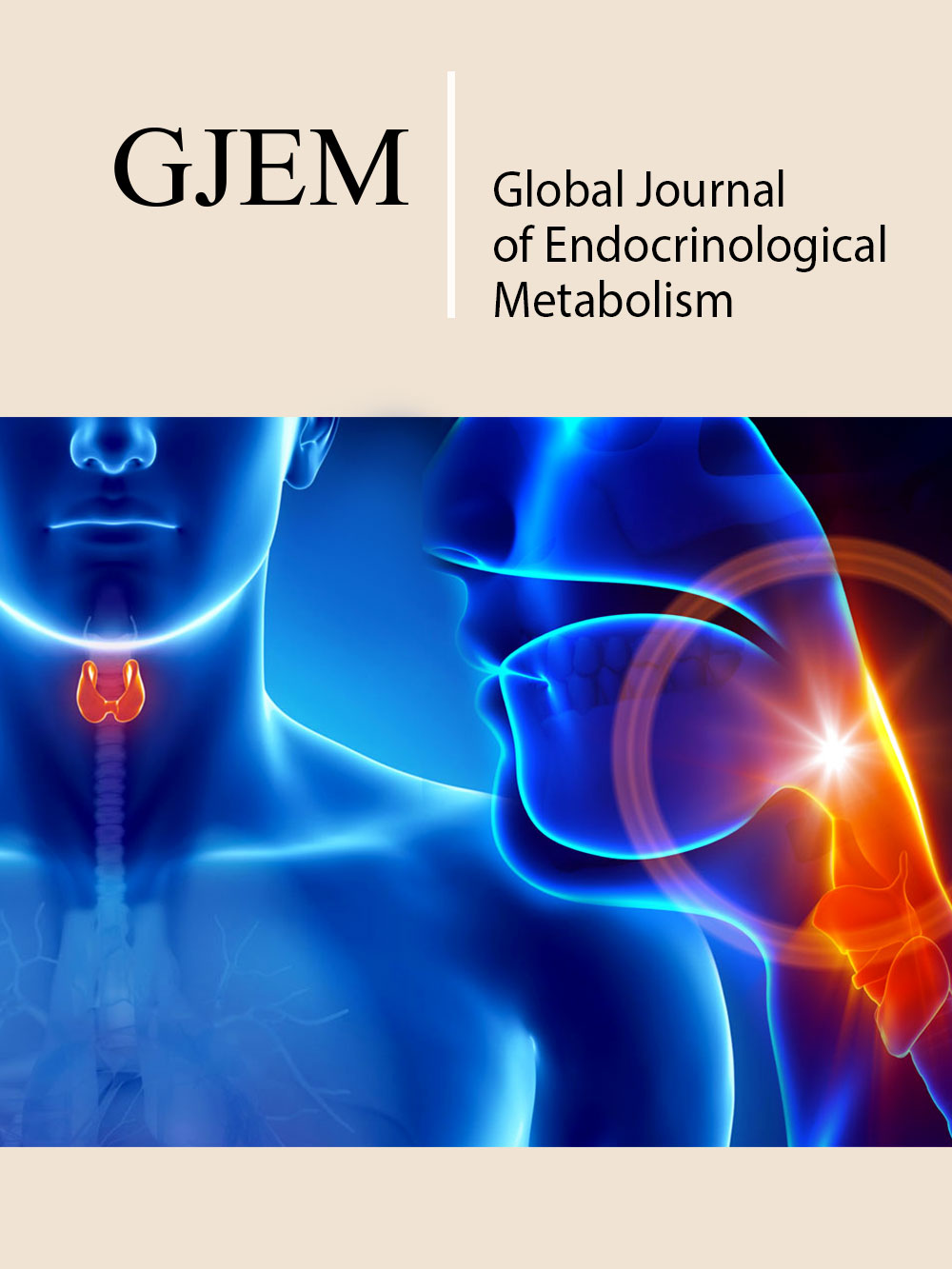- Submissions

Abstract
Global Journal of Endocrinological Metabolism
Evaluation of Serum Aminotransferase AST and ALT among Subjects Exposed to Cement Dust at Berber Locality, Sudan
-
ALtayeb Abd Almajed EJA1, Al-Maki MA1, Saeed AA1, Almajed Altaher TA1, Mahjaf GM2 and Mohammed Hamad MN3*
1Faculty of Medical Laboratory Sciences, Department of Clinical Chemistry, Shendi University, Sudan
2Faculty of Medical Laboratory Sciences, Department of Medical Microbiology, Shendi University, Sudan
3Assistant Professor, Faculty of Medicine, Microbiology Department, Elsheikh Abdallah Elbadri University, Sudan
*Corresponding author: Mosab Nouraldein Mohammed Hamad, Assistant Professor, Faculty of Medicine, Microbiology Department, Elsheikh Abdallah Elbadri University, Sudan
Submission: September 10, 2025; Published: October 31, 2025

ISSN 2637-8019Volume3 Issue5
Abstract
Background: Cement is a dark grey colored powdery substance made with calcined lime and clay as
major ingredients. Cement is an essential component of the construction industry. Cement dust is the
major pollution problem in cement factories. Cement dust can cause ill health through skin contact, eye
contact or inhalation.
Objective: The aim is to estimate serum aminotransferase levels (ALT and AST) among subjects exposed
to cement dust.
Methodology: This is a case-control study conducted in Berber city during the period from December
to February 2024, at Almkaylab health center in Berber locality. A total of seventy blood samples were
collected for the study, forty of them were exposed to cement dust as the case group and thirty healthy
individuals were not exposed to cement dust as the control group, 25 from the exposed group were
factory workers and 15 of them were subjects in areas adjacent to factory. To measure AST and ALT by
using a spectrophotometer.
Result: The result showed that the mean of ALT in case group was 19.08U/L and in control group was
15.13U/L and the mean of AST in case group was 24.45U/L and in control group was 18.93U/L with
P-value (0.036) and (0.006) respectively that means statistically significant increase of ALT and AST in
the exposed group when compared to control group. The result also showed that mean of ALT in highly
exposure group was 18.92U/L and in low exposure group was 19.33U/L and the mean of AST in highly
exposure group was 25.40U/L and in low exposure group was 22.87U/L with P-value (0.873) and (0.414)
respectively that means statistically insignificant variation in ALT and AST in highly exposure group when
compared with low exposure group.
Conclusion: According to the results of this study, we can conclude that the serum levels of AST and ALT
were increased in subjects exposed to cement dust in comparison with the control group. While longterm
exposure reduces peak expiratory flow rate, inhaling cement dust may be linked to changes in serum
element levels as well as changes in lung and liver functioning.
Keywords:Cement dust; LFT; AST; ALT; Hazard; Workers; Exposure; Berber; Pollution; Evaluation
 a Creative Commons Attribution 4.0 International License. Based on a work at www.crimsonpublishers.com.
Best viewed in
a Creative Commons Attribution 4.0 International License. Based on a work at www.crimsonpublishers.com.
Best viewed in 







.jpg)






























 Editorial Board Registrations
Editorial Board Registrations Submit your Article
Submit your Article Refer a Friend
Refer a Friend Advertise With Us
Advertise With Us
.jpg)






.jpg)














.bmp)
.jpg)
.png)
.jpg)










.jpg)






.png)

.png)



.png)






